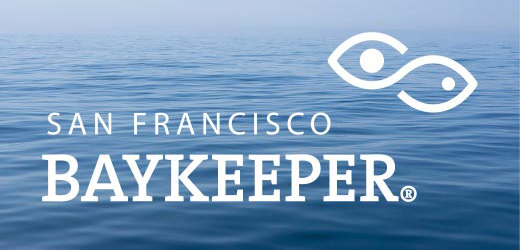Bay Area communities are passing laws to require pharmaceutical companies to fund safe disposal of leftover medications, which will help keep drug pollution out of San Francisco Bay. The U.S. Supreme Court recently turned down the drug industry’s challenge to the first of these laws in the nation, enacted by Alameda County.
Three Bay Area counties—San Francisco, Santa Clara, and San Mateo—have already passed local ordinances similar to Alameda County’s. Additional Bay Area counties are considering similar laws, and the Supreme Court decision opens the door for pharmaceutical company-funded drug disposal in communities nationwide. Without such laws, taxpayers fund drug disposal. The new local ordinances require pharmaceutical manufacturers to develop, implement, and fund safe and convenient programs for residents to dispose of unused medications.
Baykeeper successfully partnered with Clean Water Action to advocate in favor of the new drug disposal programs in the Bay Area, because pharmaceutical pollution of San Francisco Bay is a growing problem. When leftover medications are flushed down the toilet or washed down the sink, they are sent to a wastewater treatment plant. Sewage treatment removes many toxic pollutants, but not medications, which then enter the Bay via treated wastewater. Unused drugs thrown in the trash end up in landfills and can leach into the Bay via storm water runoff or groundwater contamination. Pharmaceutical pollution harms fish and wildlife by preventing reproduction, interfering with foraging, and reducing the ability to avoid predators. Eighteen common pharmaceuticals have been detected in the water of South San Francisco Bay. Drugs to treat hypertension, angina, arrhythmia, and migraine, as well as antihistamines, have been found in the tissues of San Francisco Bay mussels.
You can help prevent this pollution by letting your local leaders know you want safe drug disposal, funded by pharmaceutical companies. And if you have leftover medications, use your county’s drug disposal program (see list below), rather than throwing them into the trash or flushing them into the Bay.
For more tips on keeping pollution from consumer products out of San Francisco Bay, click here.
Where to Take Leftover Medications for Safe Disposal
Alameda County
Drop-off sites include police stations, fire stations, senior centers, pharmacies, and hazardous waste disposal facilities.
Contra Costa County
Drop-off sites include police stations, sheriff’s departments, hazardous waste facilities, and other sites.
Information: (925) 692-2500
Marin County
Drop-off sites include pharmacies, police stations, and recycling facilities.
Information: (415) 473-6907
Napa County
Drop-off sites at clinics, pharmacies, and hazardous waste facilities.
San Francisco
Drop-off sites include pharmacies and police stations.
Information: (415) 355-3700 or (415) 695-7378
San Mateo County
Drop-off sites at police stations.
Information: (650) 372-6200
Santa Clara County
Drop-off sites at pharmacies and other locations.
Solano County
Periodic prescription drug take-back days.
